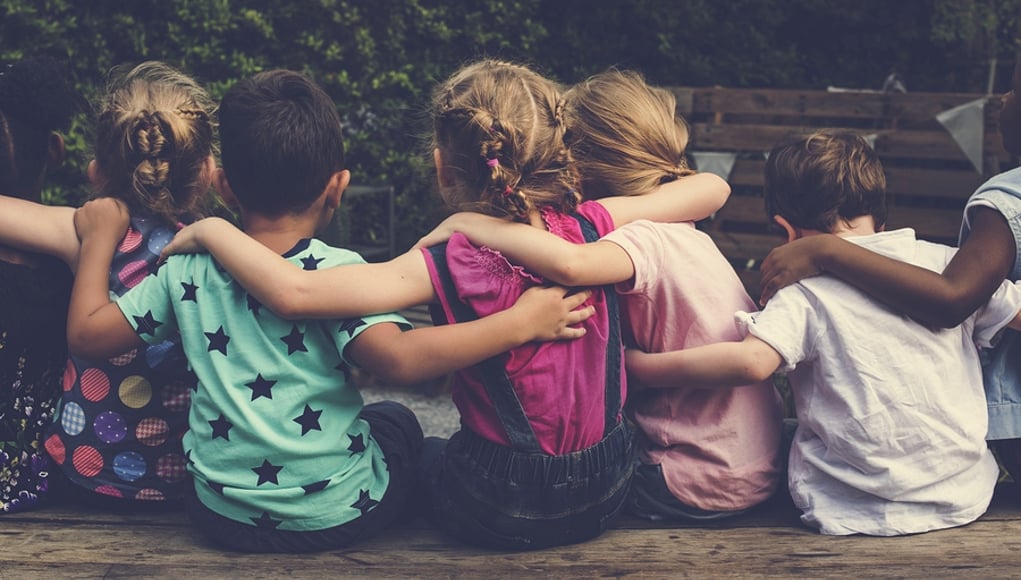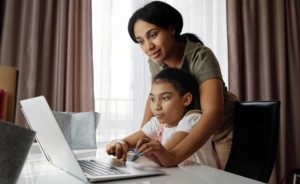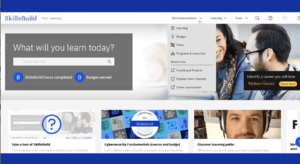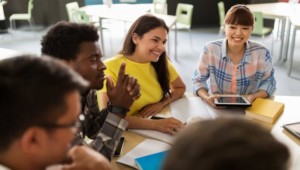Are SEL Skills Actually Teachable?

It is clear that being a better person is learnable, but it is unclear whether being a better person is teachable. So, my question is this: Can we teach students how to be better people?
Many educators have emphasized the importance of teaching “soft skills” in schools–skills that allow students to be better communicators, more adaptable problem-solvers and mature critical thinkers. As these are crucial in developing the intellect to solve pressing global issues, some curriculum developers are taking it a step further, hoping to foster social and emotional learning (SEL) in their schools.
The world’s leading collaborative for social and emotional learning, CASEL, defines SEL as “the process through which children and adults acquire and effectively apply the knowledge, attitudes and skills necessary to understand and manage emotions, set and achieve positive goals, feel and show empathy for others, establish and maintain positive relationships, and make responsible decisions.”
According to CASEL, SEL impact has shown immediate improvements in social and mental health as well as in academic achievement. Promoting a “caring environment for learning,” CASEL also partners with parents and community organizations to leverage collaborative action in providing positive personal growth for students.
Traditional school systems are not the only implementers of such curricula aimed at helping youth navigate their personal development. The School of Life is a world-wide organization dedicated to further developing the emotional intelligence of all by sharing digital and physical resources which cover applied psychology, philosophy and cultural studies.
The School of Life’s digital collection of short videos aim to help youth in “finding fulfilling work, mastering relationships, achieving calm and understanding and changing the world.” Their resources, programs and live events have even been described as “apothecaries for the mind.” Founding philosopher Alain de Botton claims that “Emotional life is -alongside work- one of the great challenges of existence.”
Perhaps an understanding of self-esteem, self-awareness and self-acceptance will indeed change the world. Here is an explanation of how they help do this for students:
Perhaps being a better person, then, is in fact some way teachable.
Neuroscience, no doubt, is making its way into the classroom, whether recognized or not. We have evolved since schools first landed and have grown since the initial systematic democratization of learning. Even John Dewey warned back in the late 1800’s that “If we teach today’s students as we taught yesterday’s, we rob them of tomorrow.” As we continue to learn more about intrapersonal, interpersonal and cognitive competence, it is only fair to incorporate our understandings in the classroom.
Forbes recognizes that schools are no longer limited to physical or geographical locations as they once were, and sees machine learning as the future of education. The Association for Mindfulness in Education (AME) advocates for the secular practice of being present, aware and calm as a component of K-12 education in respect to brain science.
THINK Global School (TGS), where I am currently a teacher, has invested much energy in developing an InsideOut program, which fuses SEL and mindfulness practice, in hopes of best developing the whole child. Schools are changing, curriculum is changing, and it is time we, as people, change with it.
The most challenging part of implementing SEL in the classroom is that it starts with the educator. Healthy social and emotional learning can only be applied when healthy social and emotional practices are observed. According to social learning theory, new behaviors are most often acquired through observation and imitation of the physical and emotional.
This means that as educators we have to practice what we preach. We have to apply the same, healthy expectation we have of students in our day-to-day grind. Being mindful, being calm and being self-aware is no easy feat, especially when buried under a desk of essays, or recovering from that three-hour staff professional development session.
In actuality, we can not and will not inspire students to be their best selves if we are not our best selves. While more and more approaches are being published on creative ways to incorporate SEL in the classroom, including tips and techniques for teachers, and 21 comprehensive strategies for SEL inclusion, we so often forget that modeling behavior leads to practiced behavior. The life you live is the most important lesson you will ever teach.
It is clear we need better humans to build a better, healthier world. Will SEL save the world? Perhaps. Perhaps not. But we know we can’t lose heart amid hostility. We all know that behind all the hate in the world are people; people, whom, at one time or another, were students sitting in someone’s classroom, deconstructing poems or writing essays.
And in the end, all that really matters is if these students turn out to be good people who aspire to do good things. Ellen DeGeneres claims, “There are more good people in the world than bad.” And there are good people everywhere trying to reform education for a better future. When we know better, we must be better. For our students, for ourselves and perhaps for the world.
For more, see:
- Research Illuminates the Path Forward for SEL
- Getting Smart Podcast | Opt for Dignity: Teach Children to Value Themselves and Others
- Utilizing Technology to Build Global Learning and SEL
Stay in-the-know with all things EdTech and innovations in learning by signing up to receive the weekly Smart Update.







0 Comments
Leave a Comment
Your email address will not be published. All fields are required.